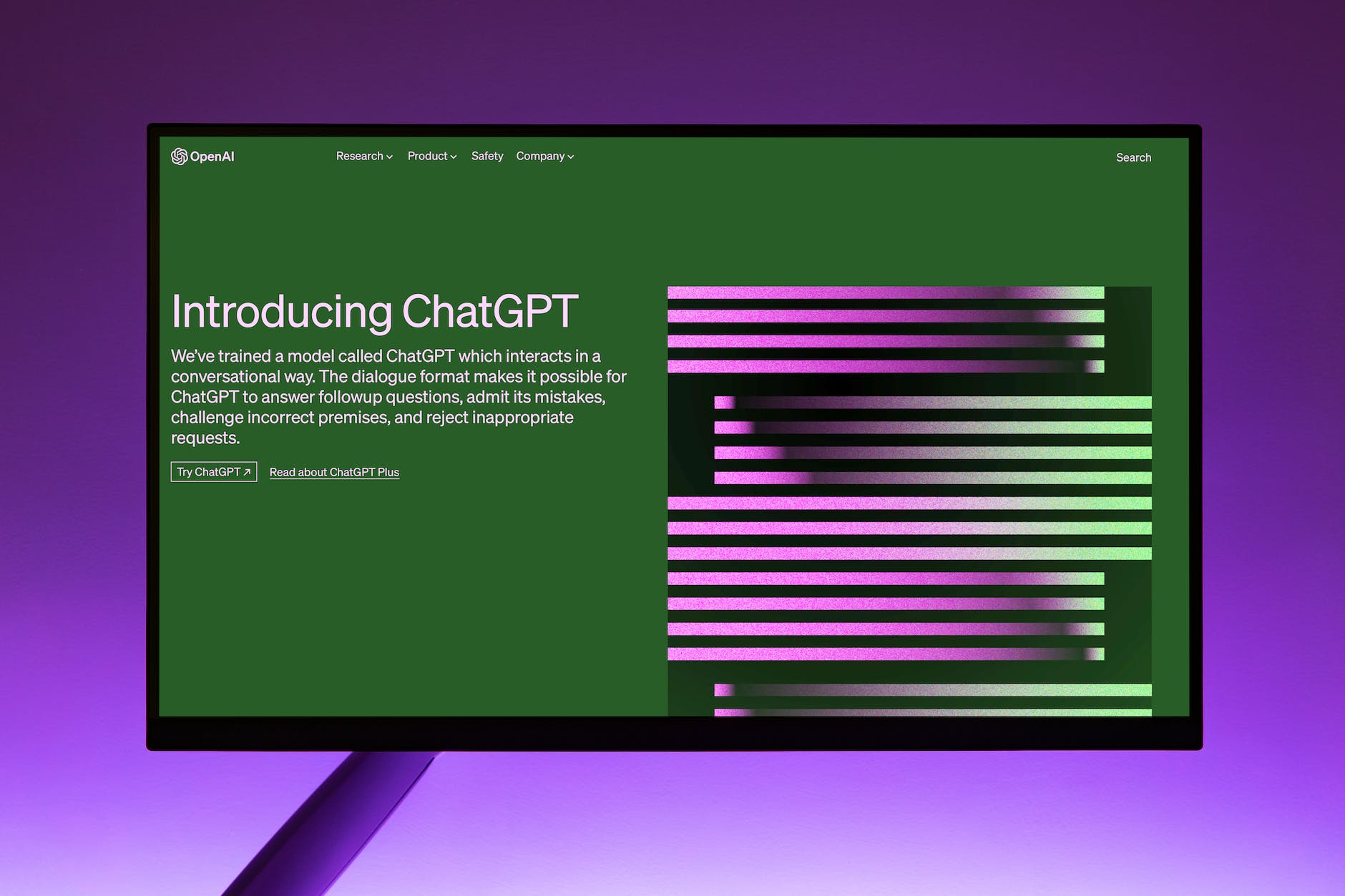
Do your students enjoy interacting with AI chatbots? Are they fascinated by the idea of AI-generated content, such as articles, poems, or even code? Do you want to help your students learn how to discern the difference between human and AI-generated content? If you answered yes to any of these questions, consider integrating AI literacy education into your lessons.
AI literacy expands traditional literacy to include new forms of reading, writing, and communicating. It involves understanding how AI systems work, how they generate content, and how to critically evaluate the information they produce. AI literacy empowers people to be critical thinkers and makers, effective communicators, and active citizens in an increasingly digital world.
Think of it this way: Students learn print literacy — how to read and write. But they should also learn AI literacy — how to “read and write” AI-generated messages in different forms, whether it’s a text, an article, a poem, or anything else. The most powerful way for students to put these skills into practice is through both critiquing the AI-generated content they consume and analyzing the AI-generated content they create.
So, how should students learn to critique and analyze AI-generated content? Most leaders in the AI literacy community use some version of the five key questions:
- Who created this AI model? Help your students understand that all AI models have creators and underlying objectives. The AI models we interact with were constructed by someone with a particular vision, background, and agenda. Help students understand how they should question both the messages they see, as well the platforms on which messages are shared.
- What data was used to train this AI model? Different AI models are trained on different datasets, which can greatly influence their output. Help students recognize how this often comes in the form of new and innovative techniques to capture our attention – sometimes without us even realizing it.
- How might different people interpret this AI-generated content? This question helps students consider how all of us bring our own individual backgrounds, values, and beliefs to how we interpret AI-generated messages. For any piece of AI-generated content, there are often as many interpretations as there are viewers.
- Which lifestyles, values, and points of view are represented — or missing? Just as we all bring our own backgrounds and values to how we interpret what we see, AI-generated messages themselves are embedded with values and points of view. Help students question and consider how certain perspectives or voices might be missing from a particular AI-generated message.
- Why is this AI-generated content being produced? With this question, have students explore the purpose of the AI-generated content. Is it to inform, entertain, or persuade, or could it be some combination of these? Also, have students explore possible motives behind why certain AI-generated content has been produced.
As teachers, we can think about how to weave these five questions into our instruction, helping our students to think critically about AI-generated content. A few scenarios could include lessons where students interact with AI chatbots or any time we ask students to create AI-generated projects. Eventually, as we model this type of critical thinking for students, asking these questions themselves will become second nature to them.
The Eclectic Educator is a free resource for everyone passionate about education and creativity. If you enjoy the content and want to support the newsletter, consider becoming a paid subscriber. Your support helps keep the insights and inspiration coming!
Leave a Reply